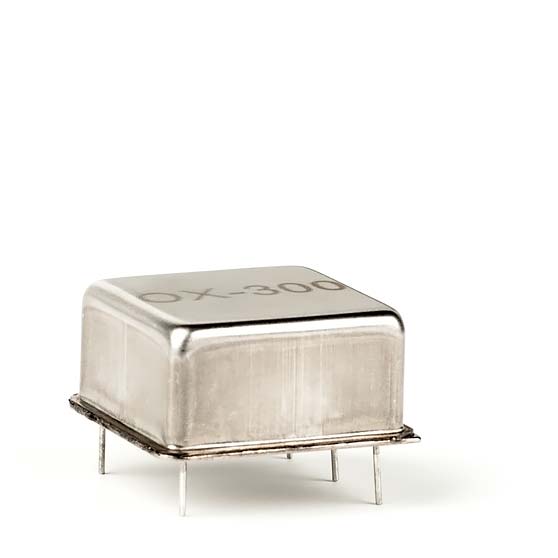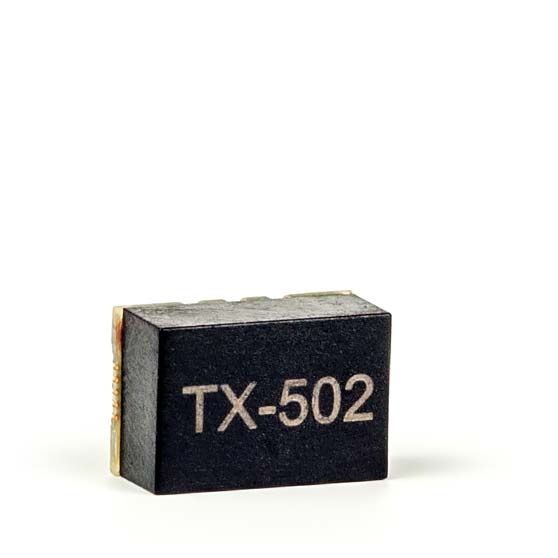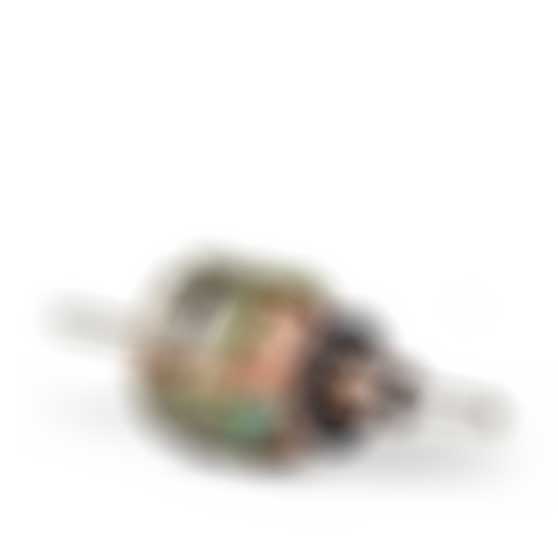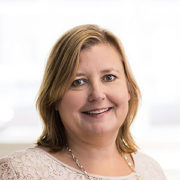

The requirements of communications systems such as base stations, satellite receivers, radio links and mobile phones, are increasing all the time. To ensure that everything goes faster and faster, precision oscillators are used as reference clocks and as acoustic wave filters which affect the performance in active electronics.

Voltage-controlled oscillating crystals have long controlled the working pace in different types of electronics. In some applications the performance in the oscillator affects the overall performance of the system. For example, phase noise and jitter in the oscillator plays a crucial role in military, instrumentation, test and measurement, radar and communications applications.

A crystal can be heated up to 70°C to oscillate at a very precise frequency. The process takes place in an oven-controlled crystal oscillator (OCXO). The temperature stability is indicated in ppb (parts per billion) instead of ppm (parts per million). There are what is known as double ovens, in which an oven oscillator is placed inside another one, which provide even more precise temperature stability. In wireless communication such as base stations, satellite receivers and radio links, OCXOs are often used as reference clocks. In wired communication OCXOs are used instead in equipment where the transmitter and receiver have to communicate over a long distance. For example when the clock cannot be transmitted with data traffic, or when a reference clock is needed if the traffic did not work. In order to gain the maximum possible stability in the OCXOs, SC-cut crystals are frequently used.

Some electronic equipment needs to maintain a stable frequency over a temperature range. The solution is generally to use a temperature-compensated crystal oscillator, a TCXO. It contains a temperature sensor which adjusts the voltage controlling the frequency of the crystal. A typical TCXO which does not have a frequency multiplier has a frequency in the range from 10 to 70 MHz. But if the multiplier component is added, a TCXO can, for example, deliver 800 MHz instead. The result of the high temperature stability offered by the TCXO, means that the frequency adjustment reduces to 10 ppm at the same time, for example. The output on a TCXO is HCMOS or a clipped sine wave. Temperature-compensated crystal oscillators are affected over time by age, which means that the frequency starts to drift and the oscillations are no longer as accurate. The data sheet therefore specifies the “ageing” or “short-term operation and long-term operation” parameters. After a year the ageing may be approximately ±1 ppm.

All Vectron’s programmable MEMS-based silicon oscillators are made entirely from silicon, without quartz crystals. The oscillators combine a MEMS resonator chip with a programmable analogue semiconductor chip and are then both enclosed in a cost-effective standard plastic packaging.
The fabrication of oscillators from silicon has many advantages over older quartz crystal oscillators, such as the best availability with the shortest lead times at the lowest cost. In addition, they have superior reliability and robustness.

Acoustic wave filters have been used for more than 60 years but their breakthrough came as a result of GSM mobile telephony, in which they affect the radio performance. SAW filters are used in the receiver section of the GSM telephone as a band-pass filter with a centre frequency of 947.5 MHz and as an intermediate frequency which filters after the frequency mixer to remove the interference. Sound and image quality in a satellite receiver is affected by an intermediate frequency SAW filter. The SAW filter converts electric signals to surface acoustic waves in a piezoelectric crystal material in order to allow electrodes to make the signal electric again after a suitable delay.

KAM Magnet & Acoustics
kristina.kristoffersson@compotech.se